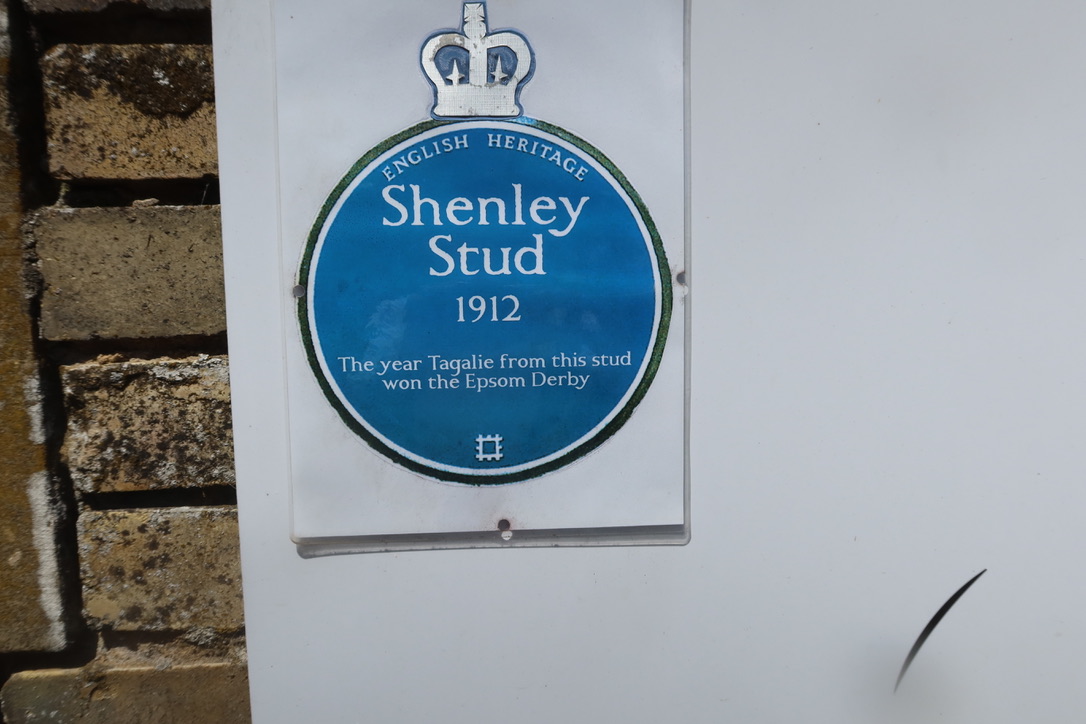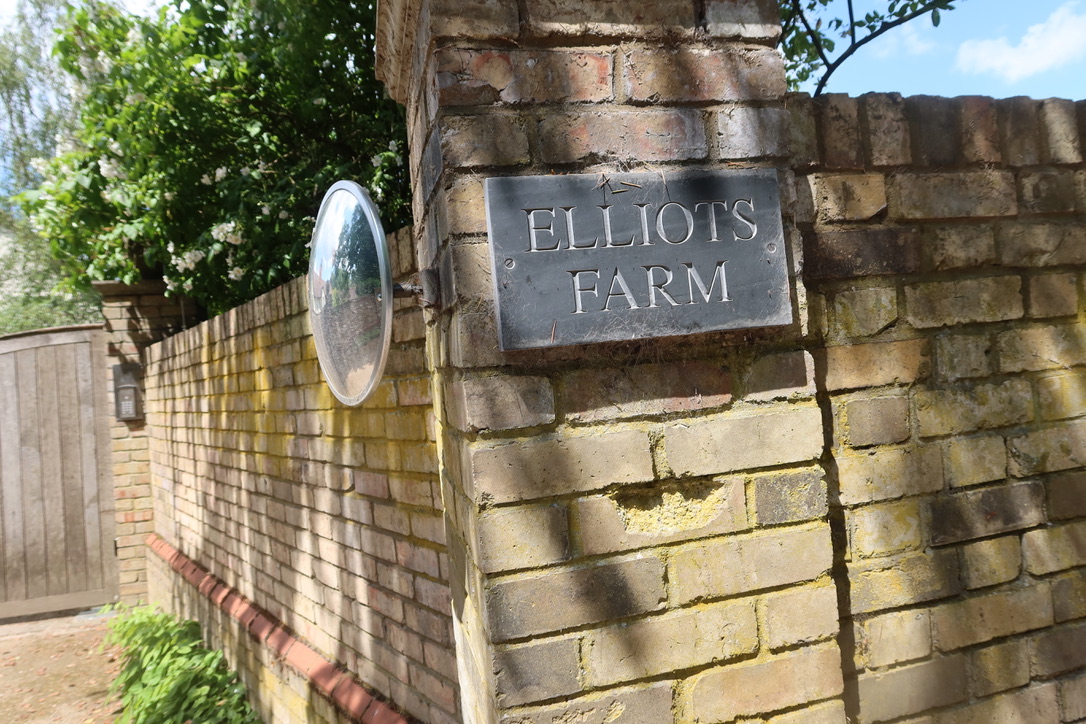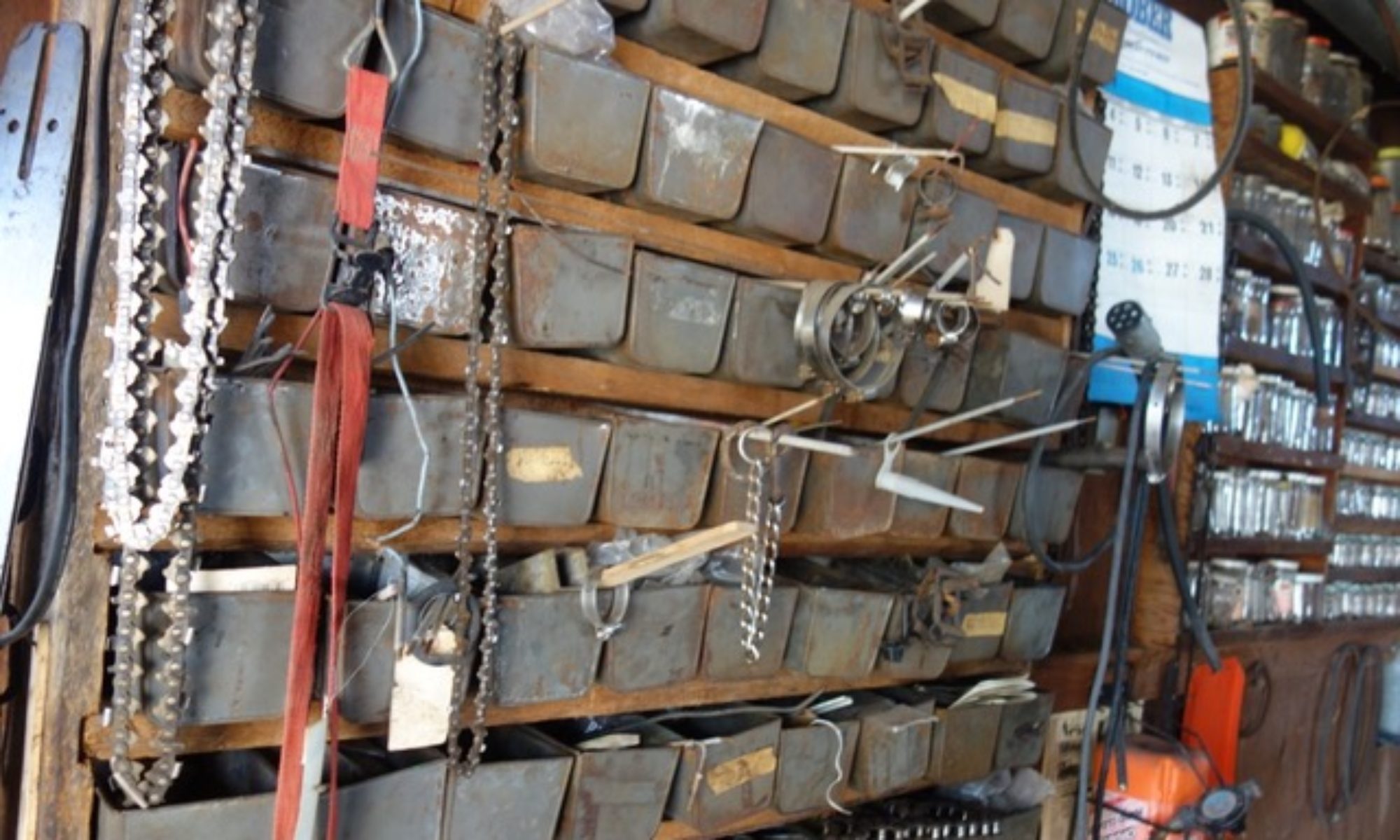EPISODE 835 TIGALIE …THE HORSE THAT MADE SHENLEY STUD FARM FAMOUS, JUNE 5, 1912
Alan skeoch
June 27, 2023
WHO WAS TIGALIE?
Finding TIGALIE was like OPENING a door to a treasure room.
…much about the past, particularly the years around 1912 when
Shenlie stables was famous as a Stud Farm. Only made famous
because of one horse…TIGALIE.
She was a small horse….a filllyl…a grey
filly. Not much was expected of her at Epson Downs on June 5, 1912. Se ws racing
against 19 stallions….big, aggressive horses. The best of 1912 three year old
hoses.
LOOK AT HER….TIGALIE
THIS IS tigalie in 1915 with one of her colts, Mabella.
. The photo was taken three years after she won
the Epsom Derby’s 1,000 guinea purse.
We were walking down Rectory Lane, an obscure farm road
almost overwhelmed by forest and shrubs. An opening..a long
ell low brick wall announced SHENLEY STUD FARM 1903.
The bricks were old and faded as was the stone name. Beside that
sign was a smaller sign….so small that the name TIGALIE was almost
obscured.
This sign was designed by Nolan Skeoch in 2023 to advertise Shenley Equestrian….located in the same horse styles where
once TIGALIE was housed.
BELOW IS A DESCRIPTION OF THE EPSOM DERBY RACE ON JUNE 5, 1912
“ENGLISH DERBY DAY, JUNE 5, 2012
GREAT RACE RUN IN A BLAZE OF SUNSHINE
MULTITUDE GREETS KING AND QUEEN
EPSON DOWNS
“The gray mare is The best horse after all.”
Derby Day ws Ladies’ Day all the way. The
beautiful TAGALIE won the great race with
ALL the ease and consciousness of a fine lady leading
her admirers across the green. She never faltered,
never for one moment was her supremacy in doubt.
The flag fell, the historic Derby roar “They’re off!”
went up in the glowing sunshine with the excited sob
of tens and tens of thousand at the tail of it, and the
brave little lady horse, with proudly arched neck
and sweeping tail, went away and up the hill like a hare.
She was the only filly in the race, and a gray one at that.
They were all saying that a gray horse never had won
theDerby, and never could. So there you are!
TAGALIE not only won; she was supreme through every
moment of the race. Very soon nineteen gentlemen horses,
with the right spirit of the true equine aristocrat acknowledged
themselves TAGALIE’S faithful servants…all the way she was
showing them her heels…silver plated, flashing like
summer lightning.
There never was a prettier race….the weather perfect.
One little spatter of rain then the sun came out and shone most
gloriously in a heaven of blue…little white clouds romped
across the sky like lambs. The air was sweet, the turf
was green and soft…soft enough for the most tender
footed filly that ever cantered.
The crowd was tremendous. Mr. Henry Chaplin, who won
the Derby win 1867 was bluff and hearty as ever as he gazed
through his monocle and declared that he never remembered such
a gathering. The crowd stretched without a visible break
around the whole vast circle of the course…all the fun of
the fair raged and shrilled.
Just before lunch King
George V and Queen drove up from
the Downs station and the entire seethe of humanity
burst outing a cheer of heart greeting.
King George V wore a morning suit and a silk hat; the Queen
a smart grey cloth coat and shirt with a pretty grey and
white hat adorned with white feathers. The large party in
the Royal Box included his elder daughter Princess Victoria
of Schleswig-Holtein, the Duke and Duchess pf Teck and the
Hereditry Grand Duke of Mecklenberg-Strelitz. A great
number of fashionable people were there but Epson,
unlike Ascot, is not s dressy function; it is a popular
carnival (however) full of spirit and the clamour
of a go-as-you-please festival.
Note: The English Royal family were part German. Odd
situation on verge of World War One.
June 5, 1912
This was run on Wednesday 5th June 1912 and the winner was bred by Mr Walter Raphael and trained by Dawson.Waugh at Newmarket. There were 20 runners from an initial entry of 353. The winner won by 4 lengths with 2 lengths between second and third. The winners time was 2 min 38.8 secs.
WHAT ABOUT THE MONEY?
Two very different notes about the money. One source said that the
owner of TAGALIE received a purse of 1,000 gunnies, the
other was much higher at more than 6,000 pounds..
I assume The ‘purse’ was 1,000 guineas. Let’ s work with that figure even though
the actual winnings in the Epsom Derby of 1912 may have been more than six
time that figure.
1) One thousand guineas in 1910 is worth 78,172.20 pounds …over $1.000,000 ,,,
,,,, a lot of money that Walter Raphael shoved in his pocket
2) What could be bought with a thousand guineas in 1912. For a starter Mr. Raphael; could buy
36 ,more horses for Shenley Stud Farm. And he probably did because TIGALIE would
need company. She would be bred.
3_ Water Raphael could buy 103 cows but There is no indication
of that. Mr. Raphael was a financier living in London. He brought friends out to his Shenley
Stud Farm from London for visits. He did not live there. Mr. Lynne ran the stud farm fo rMr Raphael
and lived on he adjoining Elliot Farm with his family. He should have gotten a reward … part of the purse
but there is no record of that. Wealthy people know how to hold on to their money….sorry that is
an unkind remarkL
4) A thousand guineas could also purchase 1851 stones of wool or 781 quarters of wheat …I leave that
for you to convert.
5) Now this final figure is fascinating. It says so much about England and the landed aristocracy.
Walter Rapuhael could by 3030 ‘days wages’ from skilled tradesmen with that thousand guines purse.
He could hire a skilled horseman for nearly 3 years. And he probably did.
6) Suppose the purse was six times tht figure as most sources say. Now tha is a lot of money/
Little wonder that more than 340 English horsemen tried to qualify for a position at the Epson Downs
starting gate in 1912. There was only room for 20 horses…and only one of those horses was a filly
…the only grey horses in the race. Her name was TIGALIE. She made the Shenley Stud Farm
famous. sadly none of her colts were as strong.
The pound, for which a slang term is quid (still) was made of 20 shillings, slang term bob. Both quid and bob have the same form for singular and plural.
A shilling was 12 pence. Pence is plural of penny when talking about value. Pennies is plural of penny when talking about the physical coins.
That makes a pound worth 240 pence. 20 x 12
A guinea was 21 shillings, so a pound and a shilling.
A crown was worth. 5 shillings, or 60 pence, so a half-crown was 2 1/2 shillings, or 30 pence
The money had such a high value that even a penny could be divided. There were halfpennies (pronounced hay-p nee) and farthings, which were worth a quarter of a penny.
Other coins were the sixpence, threepence, pronounced thruppence, and the twopence, pronounced tuppence.
The letters used were £ S D or LSD, for pounds, shillings, and pence, and that’s how prices would be displayed.
As the value dropped the lower denominations were retired, such as the farthing in 1960.
The money was decimalised in 1971 and a pound became 100 pence.
Now Austen and Dickens will make more sense.







